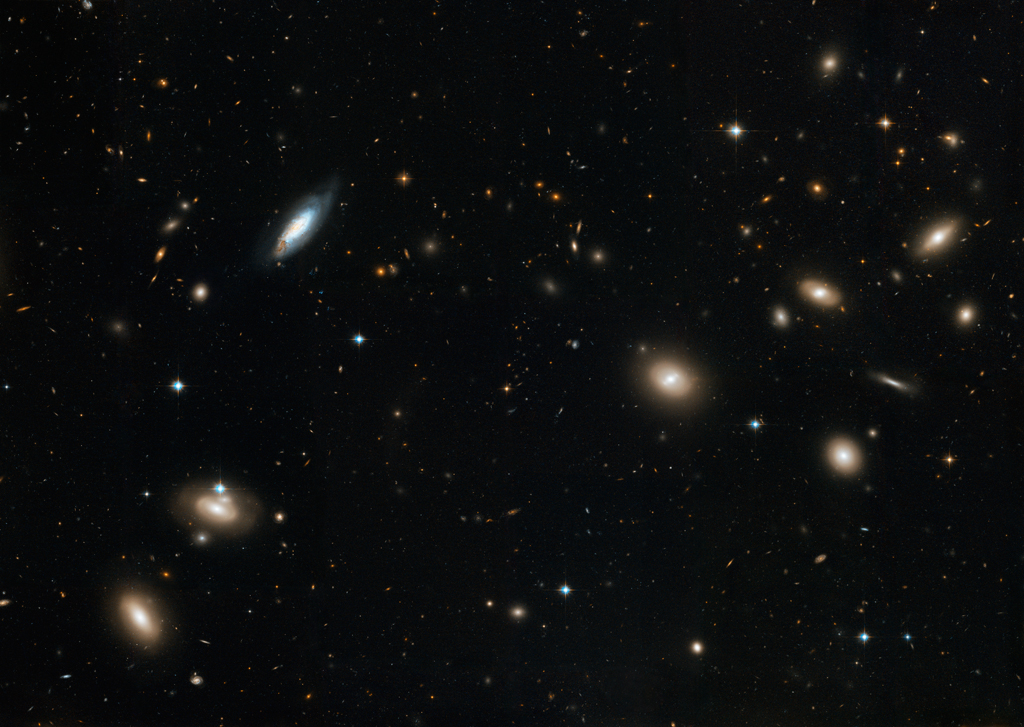Alister Graham of Swinburne University of Technology in Melbourne, Australia, may have solved the mystery behind the disappearance of compact spherical galaxies, found in abundance in the early universe but only rarely seen today. Graham and colleagues discovered that many galaxies in the local universe had been mischaracterised and that the missing ancient galaxies had been hiding in plain sight.
A more thorough analysis of galactic survey images revealed 21 compact spheroids that have retained the same structure as they had in the early universe but have accreted disks over time, and as a result were misidentified as “giant elliptical galaxies”. This confusion arose because unless these galaxies are viewed edge-on, they appear to be 3D elliptical star clouds instead of the 2D disks with central bulges that they actually are.
Previously, astronomers believed that, in the 11 billion years since these compact spheroids dominated the universe, they were destroyed by mergers and collisions. But for this mechanism to explain their disappearance, there would have to be mergers occurring in the local universe much more frequently than is actually observed.
This new discovery means that there is roughly the same number of compact spherical galaxies in the universe now as there was in the early universe. There were 1000 times too few when mergers were the only explanation being considered, but now we know that these ancient galaxies are simply in disguise – the Milky Way itself may play host to one at its centre.
The central bulges have “exactly the same physical mass and compact size as the galaxies in the early universe,” according to Graham, reinforcing his conviction in this theory. However, Emanuele Daddi at the French Alternative Energies and Atomic Energy Commission, one of the first astronomers to notice the galactic discrepancy, believes that the bulges in nearby galaxies seem larger than they were in the distant early universe. If so, there is still work to be done to solve the problem of these compact spherical galaxies.
